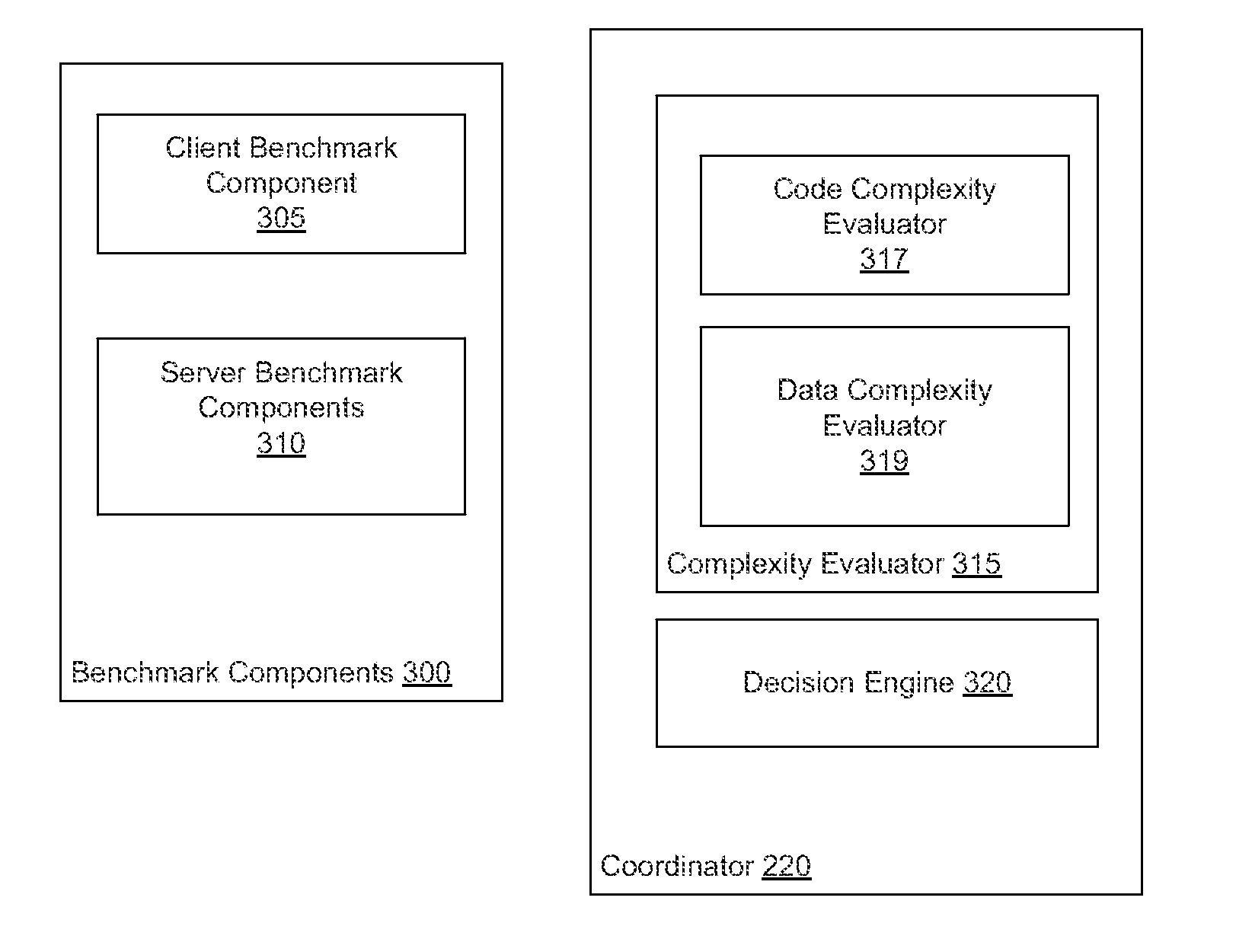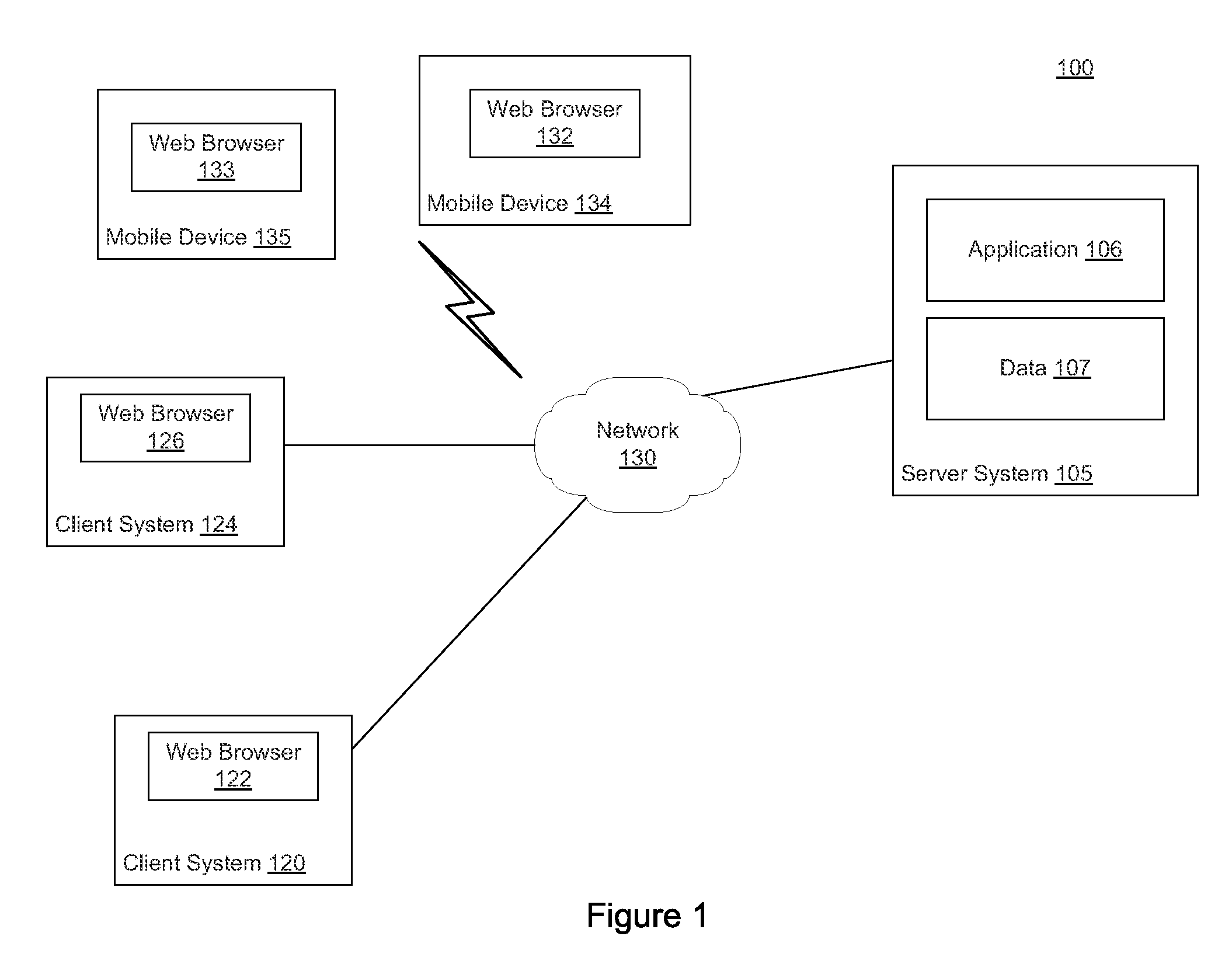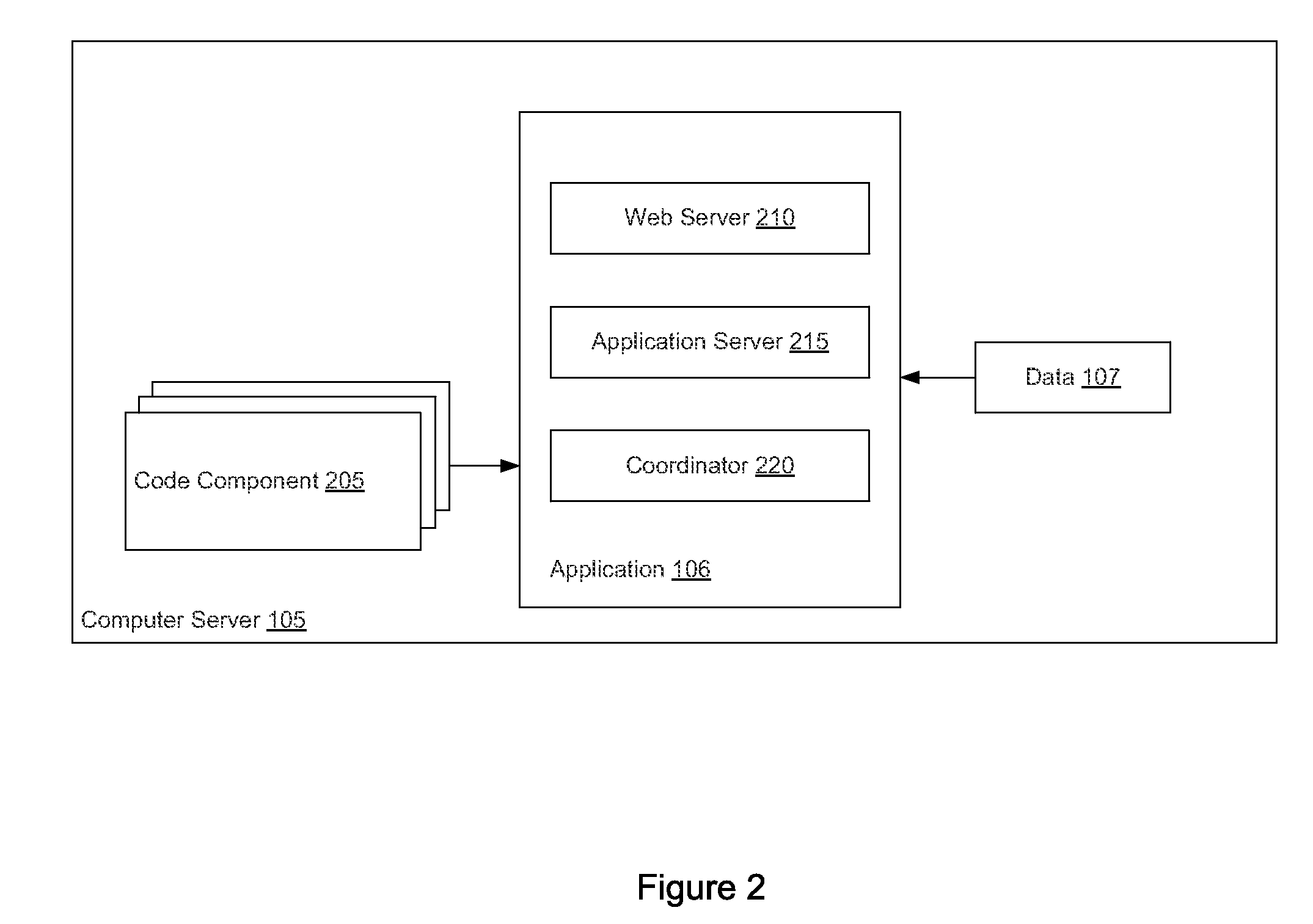Selectively re-homing data processing tasks based on data complexity and candidate system performance characteristics
a data processing and task technology, applied in the field of selectively rehoming data processing tasks based on data complexity and candidate system performance characteristics, can solve the problems of scalability problems, service providers may have to deploy increasing amounts of infrastructure, and heavy burden on server resources, so as to reduce the volume or complexity of data processing for each request, the number of requests increases, and the burden on server resources
- Summary
- Abstract
- Description
- Claims
- Application Information
AI Technical Summary
Benefits of technology
Problems solved by technology
Method used
Image
Examples
Embodiment Construction
[0019]Embodiments presented herein provide approaches for selectively sending data processing tasks to a client system based on an evaluation of code and data complexity, as well as on an evaluation of performance characteristics of the client system. In particular, embodiments presented herein provide an application architecture that can decide whether to execute processing components on a server or send the processing components, along with data, to a client for execution. For example, given a data processing component that can execute on either a client or server, the application architecture described herein evaluates the complexity of the data to be processed by the data processing component, as well as performance characteristics of a client. In some cases, the code and data is sent to the client for processing. That is, in cases where the client can efficiently execute the processing code, the client services its own request. Doing so reduces the data processing requirements ...
PUM
 Login to View More
Login to View More Abstract
Description
Claims
Application Information
 Login to View More
Login to View More - R&D
- Intellectual Property
- Life Sciences
- Materials
- Tech Scout
- Unparalleled Data Quality
- Higher Quality Content
- 60% Fewer Hallucinations
Browse by: Latest US Patents, China's latest patents, Technical Efficacy Thesaurus, Application Domain, Technology Topic, Popular Technical Reports.
© 2025 PatSnap. All rights reserved.Legal|Privacy policy|Modern Slavery Act Transparency Statement|Sitemap|About US| Contact US: help@patsnap.com



